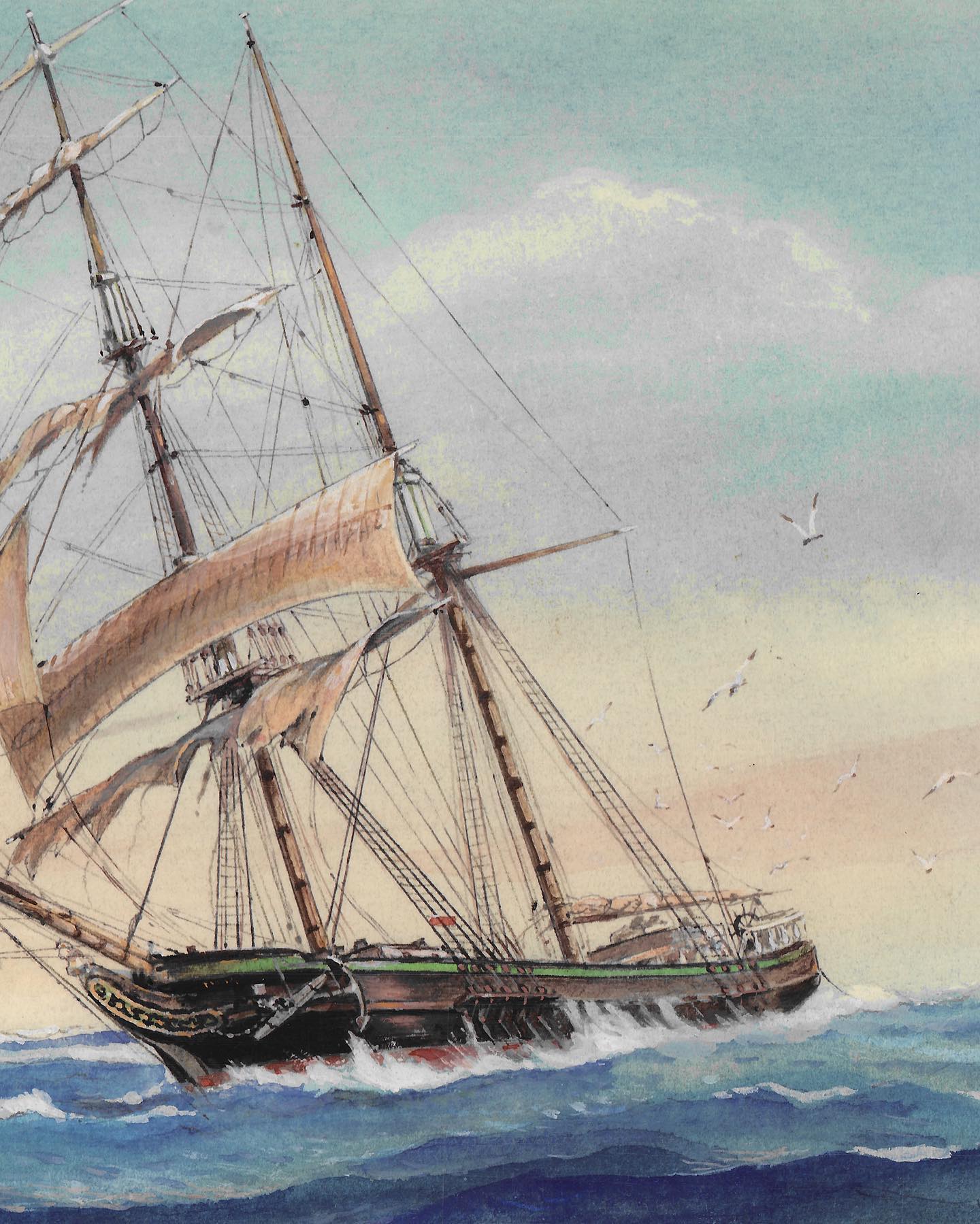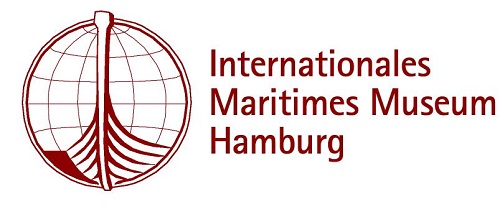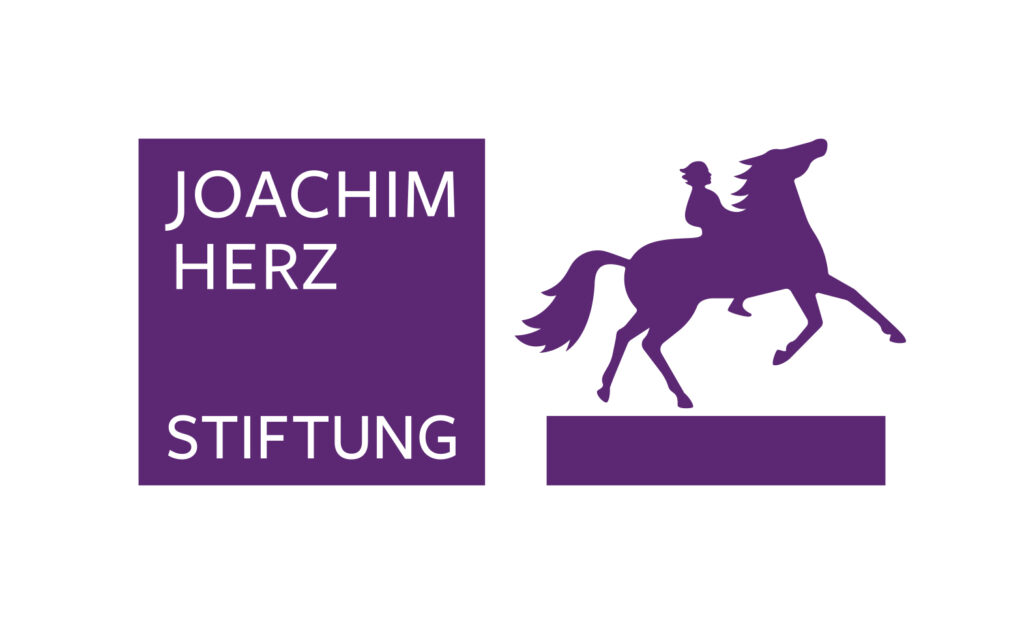Guide to deck 2: Sailing Ships

20 – Introduction Deck 2: Sailing Ships
Audioguide:
Around the world with the wind – exhibition deck 2 deals with the history of seafaring under sail. For thousands of years, the forces of nature determined how fast a ship reached its destination.
Some of the oldest evidence of seafaring comes from ancient Egypt. Depictions of ships carved into rock document that sailed watercraft existed as early as 3000 BC. The migration of the Polynesians probably began as early as 35,000 years ago.
The exhibition traces the history of sailing. Dragon boats of the Vikings can be found as well as the cogs of the Hanseatic period. Next to the frigates of the great seafaring nations, you will encounter models of the last commercial sailing ships – the legendary windjammers. A separate section belongs to the pirates, who are still the terror of the seas today.
The model of the „Wapen von Hamburg III“ hovers proudly in the atrium. The cannon-armed convoy ship was launched in 1722. Its task was to escort convoys of ships from Hamburg to the Mediterranean. At that time, an association of merchants financed warships to protect the Hamburg merchant fleet against pirate attacks. The „Wapen von Hamburg III“ sailed under the Hamburg flag until 1737. After her sale, she was converted into a cargo ship.
Our tour of deck 2 begins on the left behind the stairs.
21 – Seafaring in the Antiquity
Audioguide:
Boat building and harnessing the wind are among the most important achievements of humankind. The seafarers of European antiquity were just as skilled sailors as the peoples of Polynesia, who reached the island worlds of the Pacific as early as that time.
As early as a few centuries before Christ, the ship designers of the Polynesians built double-hulled canoes with sail. With their help, they were able to cover thousands of kilometres at sea.
The Polynesians made their seaworthy double-hulled canoes from hollowed tree trunks. Due to the special construction, the canoes tilted less in the wind than boats with only one hull. They also made better use of the sail area. Navigation and discoveries were made by observing the sea, sky and stars. In addition, the Polynesians had sea charts, which they made from wooden sticks and shells.
The European region also has a long seafaring tradition. As early as the 2nd millennium BC, the Minoans set sail from Crete. In ancient times, the Minoan seafarers called at almost all ports in the eastern Mediterranean.
Later, the Phoenicians and Greeks also conquered the seas. Both peoples established trading posts throughout the Mediterranean. Dominance over the sea routes also ensured dominance in trade.
In the time of the Roman emperors, the Mediterranean region was under the sole rule of the Roman Empire for centuries. The Mediterranean developed into the most important communication route within their empire.
22 – The Middle Ages
Audioguide:
The Hanseatic League was initially an association of merchants. The medieval organisation primarily represented the common economic interests of its members. The association was also responsible for protecting merchants on trade journeys.
From the 14th century onwards, the Hanseatic League determined large parts of the northern European trade in raw materials and foodstuffs. Wealthy merchants occupied important political offices in the cities at that time. As a result, the original merchants‘ organisation changed into an alliance of cities.
Since the 12th century, the Hanseatic League used cogs to transport goods by sea. The cargo volume of the largest ships was up to 200 tons. Due to its bulbous construction, the cog proved to be an ideal means of transport. A cog had a mast and a square sail.
For later ship types, the Hanseatic League used the so-called Kraweel construction. In this technique, which originated in the Mediterranean region, the ship’s planks were not placed overlapping against each other as before. Joining edge to edge and building on frame made larger hulls possible. A large Kraweel could have up to four masts.
Among the outstanding seafarers of the Middle Ages were the Scandinavians. The term Viking stands for „sea warrior on a long voyage“. From their Scandinavian homeland, the Norsemen sailed as far as Iceland and Greenland. There they settled permanently. In 1001, the explorer Leif Erikson even managed to land in America.
For their long journeys, the Scandinavian seafarers used seaworthy, clinker-planked merchant ships – the so-called Knorren. The bow and stern of the boats, some of which were over 30 metres long, were raised.
23 – Early Oceanic Seafaring
Audioguide:
The first dynasty of the unified Chinese empire is known as the Qin dynasty. Between 221 and 207 BC, all seven sub-empires were united under one central government for the first time. Chinese sailors were already sailing along the coasts of the Yellow Sea at this time.
Fixed shipping routes are documented from China in the first century AD. In later times, extensive maritime trade developed to and from China. Arab merchants established trading posts in the Asian region in the 12th century. Trading activities reached their peak at the end of the Yuan Dynasty in 1368. The economic and cultural trading centre was the southern Chinese city of Quanzhou.
Between 1405 and 1422, a huge Chinese fleet sailed several times on diplomatic missions to Arabia and East Africa. The huge flagships of the armada carried up to nine masts and were equipped with luxurious cabins and ballrooms. The young Ming dynasty was mission-conscious and wanted to make an impression.
In Europe, the age of the explorers began in the 15th century. High prices and customs duties were demanded for exotic goods from India and East Asia at that time. To tap into distant markets, Portuguese and Spanish explorers set out to find the sea route to India. In 1498, the Portuguese Vasco da Gama finally landed in Calicut in southern India. A new era began.
For their voyages of discovery, the Europeans initially used caravels. These fast sailing ships were manoeuvrable and had only a shallow draft. In the 16th century, the more spacious and more heavily armed galleon replaced the caravel.
24 – Sea Powers
Audioguide:
With England and the united Netherlands, new centres of power emerged in northern Europe in the 17th century.
To tap new sources of income, the Netherlands oriented itself towards Asia. They soon commanded an extensive colonial empire and developed into Europe’s leading trading nation.
Growing wealth and increasing power brought the Netherlands into conflict with England. Both states fought for supremacy in three naval wars. The Netherlands initially held its own militarily. But in the 18th century England was finally stronger economically and militarily.
Overseas trade with exotic goods became increasingly important during this period. Powerful trading companies were founded, which were granted extensive privileges by their governments. They possessed exclusive trading rights and were allowed to declare and wage wars independently. The trade companies realised the first world trade in history.
A dark chapter in the expansion of European maritime trade was written by the slave trade. This injustice is one of the great tragedies of history.
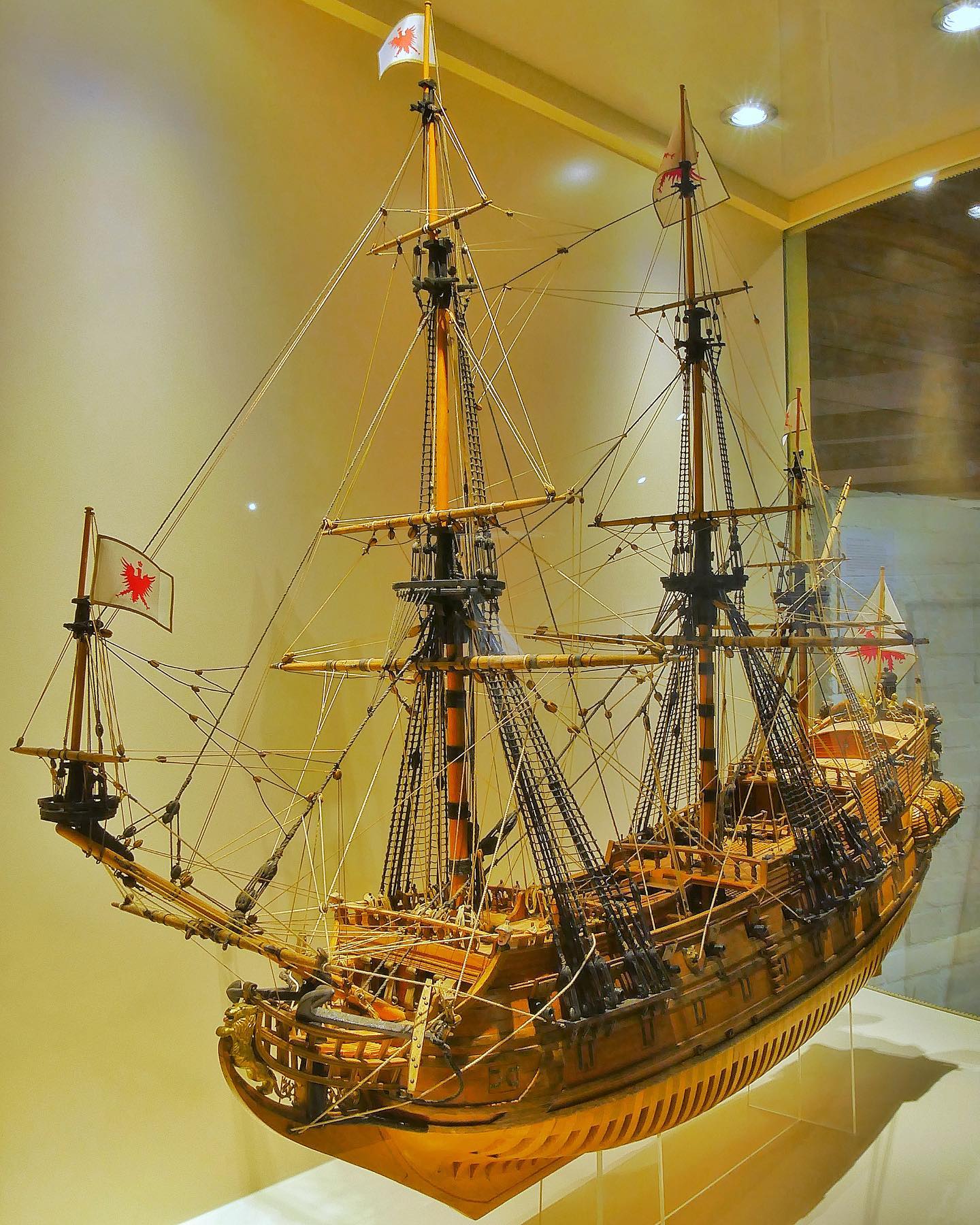



25 – England vs. France
Audioguide:
In the 18th century, England rose to become the leading maritime power. More and more, France developed into the main rival of the British. By the end of the 17th century, France was already considered the second largest maritime power.
Competition in world trade was joined by ideological differences with the French Revolution.
All attempts by the French to end British supremacy at sea came to nothing. In the famous Battle of Trafalgar in October 1805, the British fleet under the command of Admiral Horatio Nelson won a significant victory over the allied Franco-Spanish forces. France’s defeat secured England’s long-term supremacy at sea. Napoleon’s plans for an invasion of England had finally failed with the lost battle.
Admiral Horatio Nelson played a decisive role in England’s victory. In his battles, Nelson proved to be a brilliant tactician on several occasions. Born in 1758, the admiral began his naval career in 1771, and Nelson’s legendary naval battles brought him lasting fame in his native Britain. Admiral Nelson was killed in the Battle of Trafalgar.
26 – the Cape Horners
Audioguide:
A sailor who circumnavigates Cape Horn on a sailing vessel without the aid of engine power could be admitted to the fraternity of Cap Horniers.
Cape Horn is the southernmost tip of South America. Due to its extreme weather conditions, the sea area around the cape is considered the most dangerous shipping route in the world.
Until 1914, the route was an important connection for cargo shipping. Raw materials from Chile in particular were shipped to Europe around Cape Horn. With the opening of the Panama Canal, the route lost its importance.
A trip around Cape Horn can be time-consuming. The fastest east-west circumnavigation by a sailing ship was achieved in 1938 in 5 days and 14 hours. The Hamburg full-rigged ship „Susanna“ took the longest time, 99 days, in the winter of 1905.
The Brotherhood of the Cap Horniers existed until 2003. The worldwide association was founded in 1937 in the French town of St. Malo. The primary aim of the exclusive society was to foster camaraderie among seafarers who shared the special experience of a Cape Horn circumnavigation.
The brotherhood chose the albatross as its symbol. The albatross is a seabird that only comes ashore to breed. The sailors felt a special bond with the albatross. According to an old belief, the souls of comrades who remained at sea take the form of the elegant sea bird.
Today, only a few Cap Horniers are still alive. With the advent of steam navigation, the era of the great sailing ships finally came to an end at the beginning of the 20th century.
– Modern Sailors

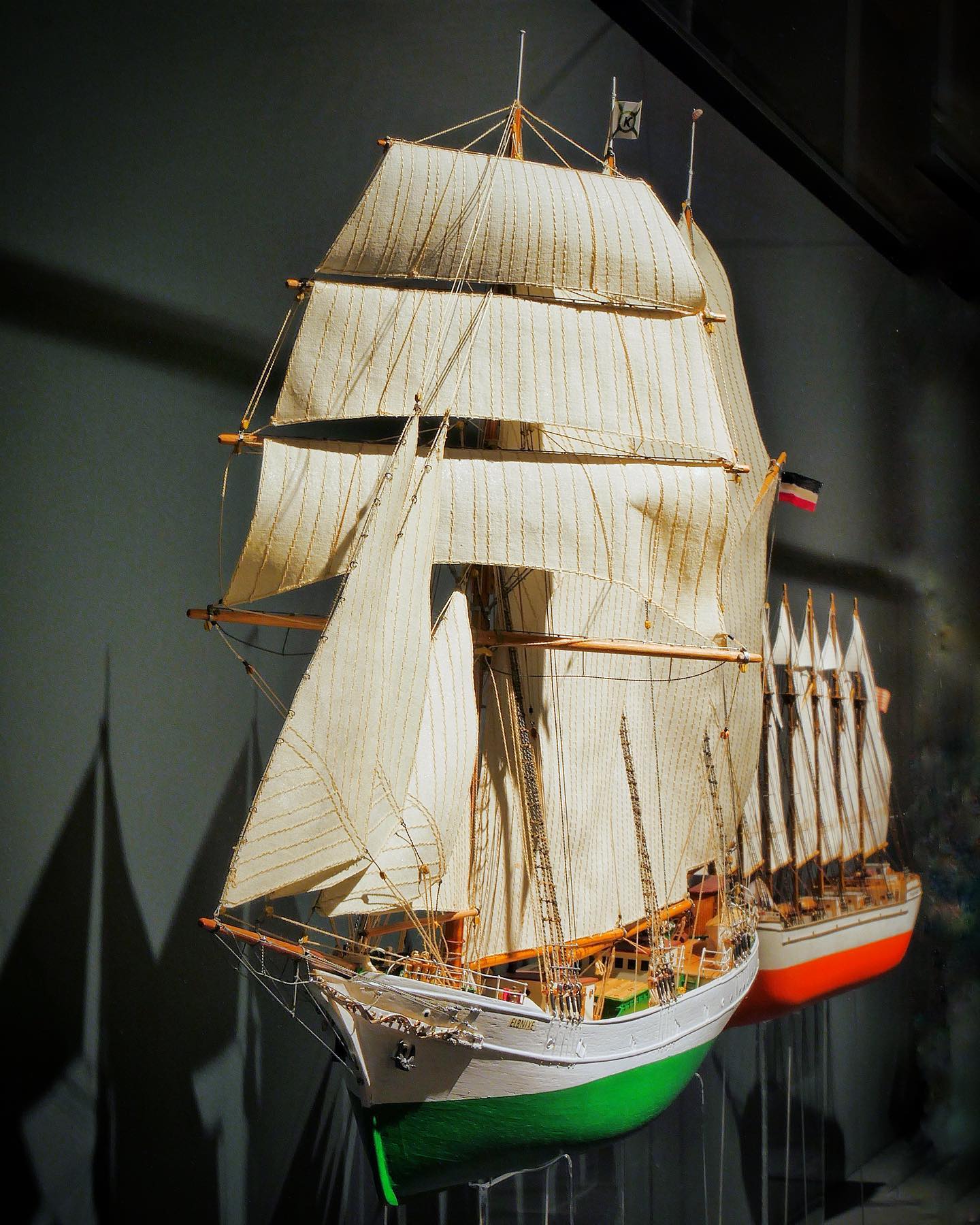
– Sailing school ships

In other decks:

27 – Pirates
Audioguide:
Countless books and films have described pirates as mythical figures. Not infrequently, we associate the buccaneer life in our imagination with a romantic notion of freedom and adventure. The pirate is both villain and hero. Reality, however, looks different.
Pirate raids have always been a brutal affair. There is looting, torture and murder. In most cases, the mere sight of a pirate flag is enough to spread fear and terror.
Trade routes are conspicuously threatened by piracy. Sections that pass through straits or groups of islands often prove dangerous.
The International Law of the Sea and the spread of steam navigation put a temporary end to piracy in the middle of the 19th century. Today, piracy again poses a considerable threat. Certain stretches of coastline in East Africa and Southeast Asia are considered particularly dangerous.
Equipped with the latest technology, today’s pirates also take control of large container ships and yachts. Only against payment of high ransoms do the pirates
the pirates release the ship and crew.
In earlier times, a distinction was made between pirates and privateers. Until the 19th century, governments issued private ship owners with so-called letters of marque. These documents permitted the raiding of ships of hostile nations. The privateer was a kind of state pirate. He acted on behalf of his country.
– The Age of Sail on other decks:
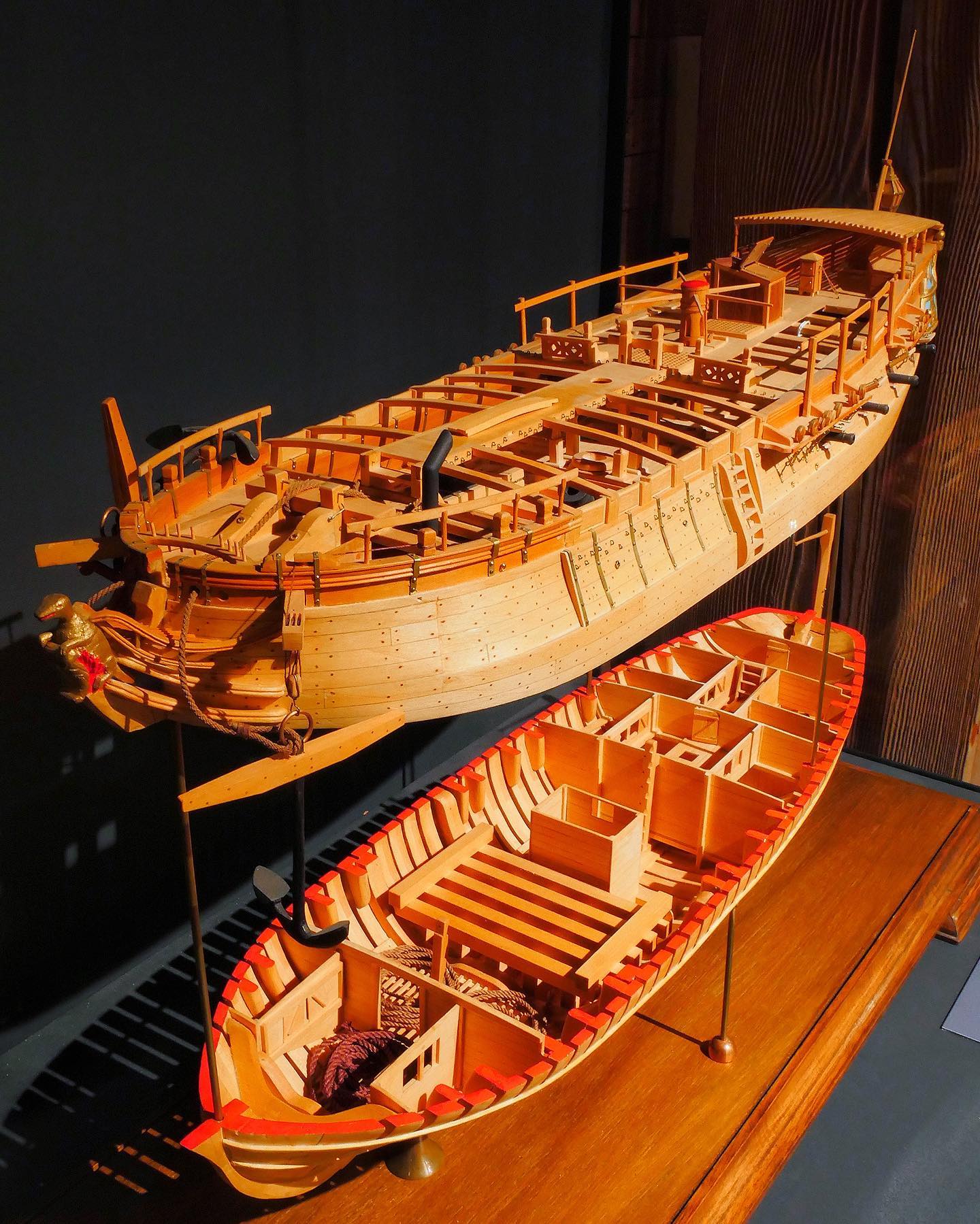
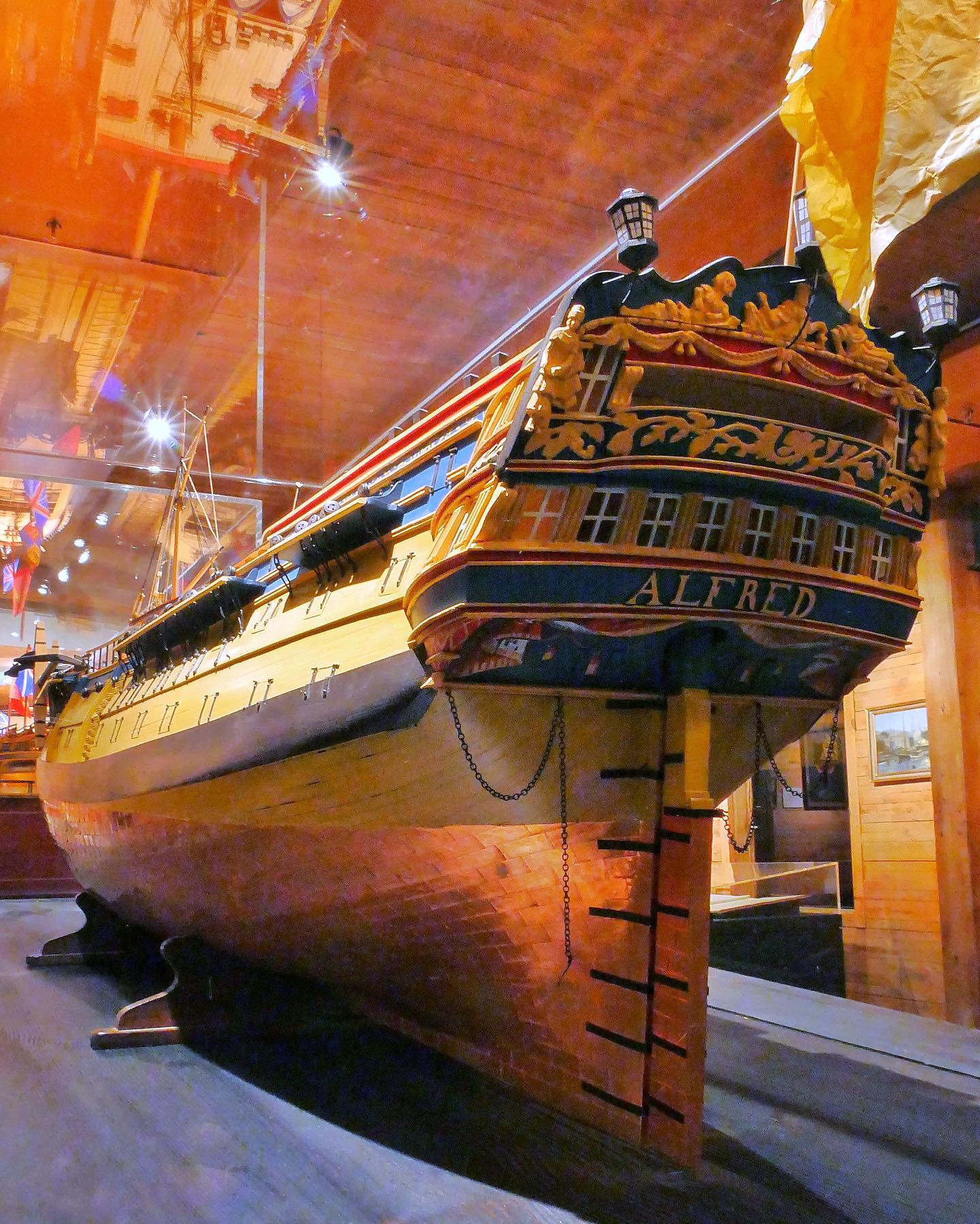
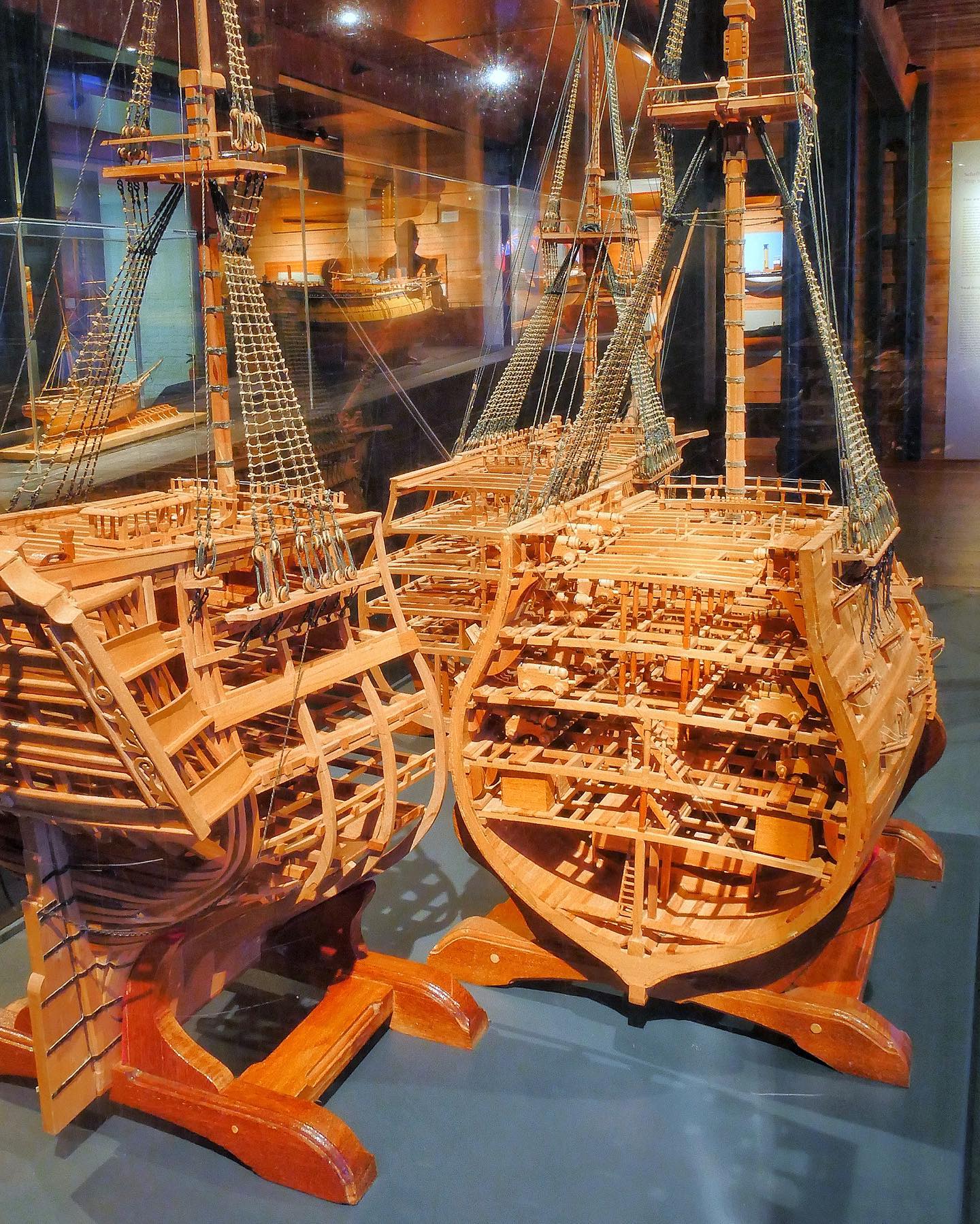
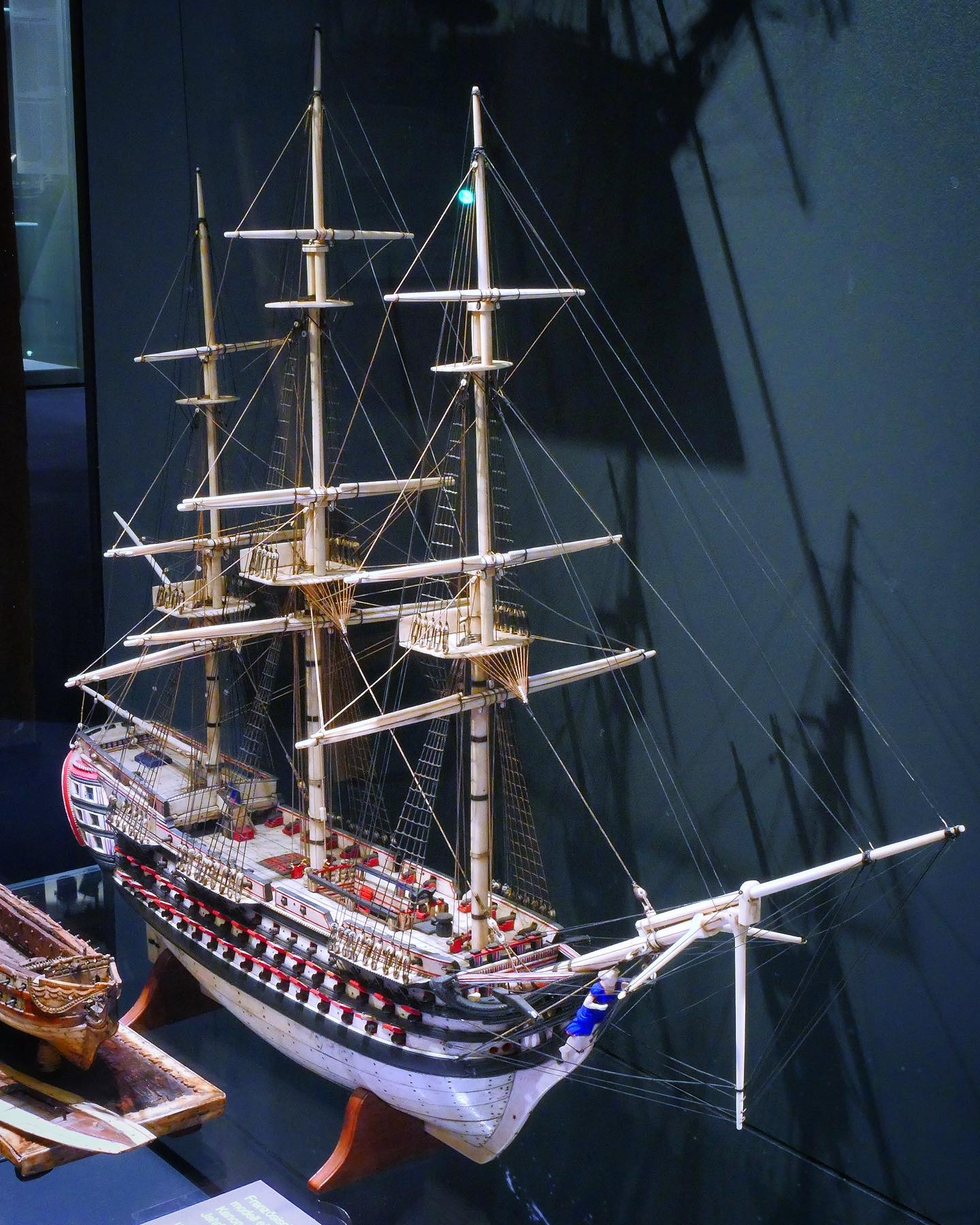
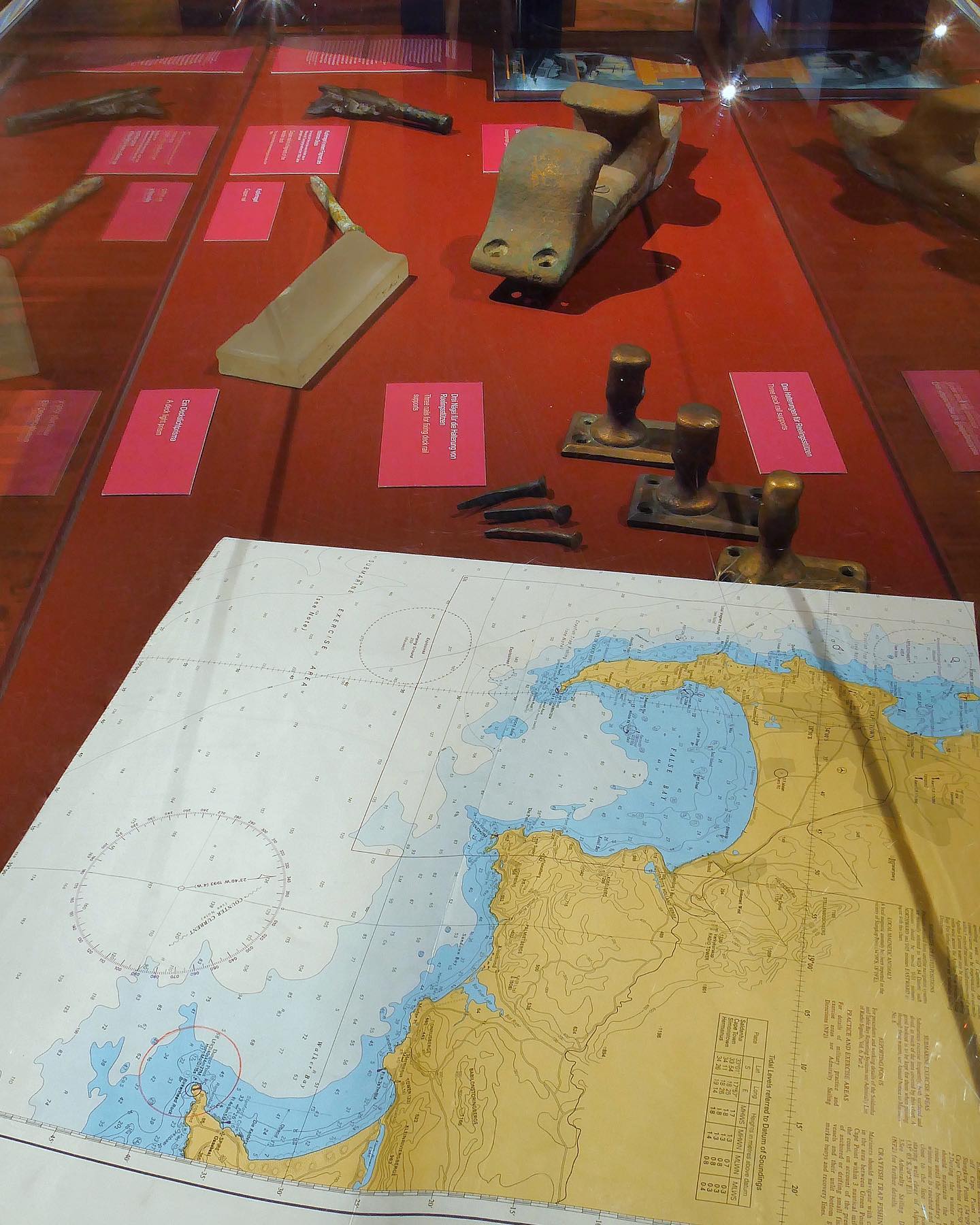
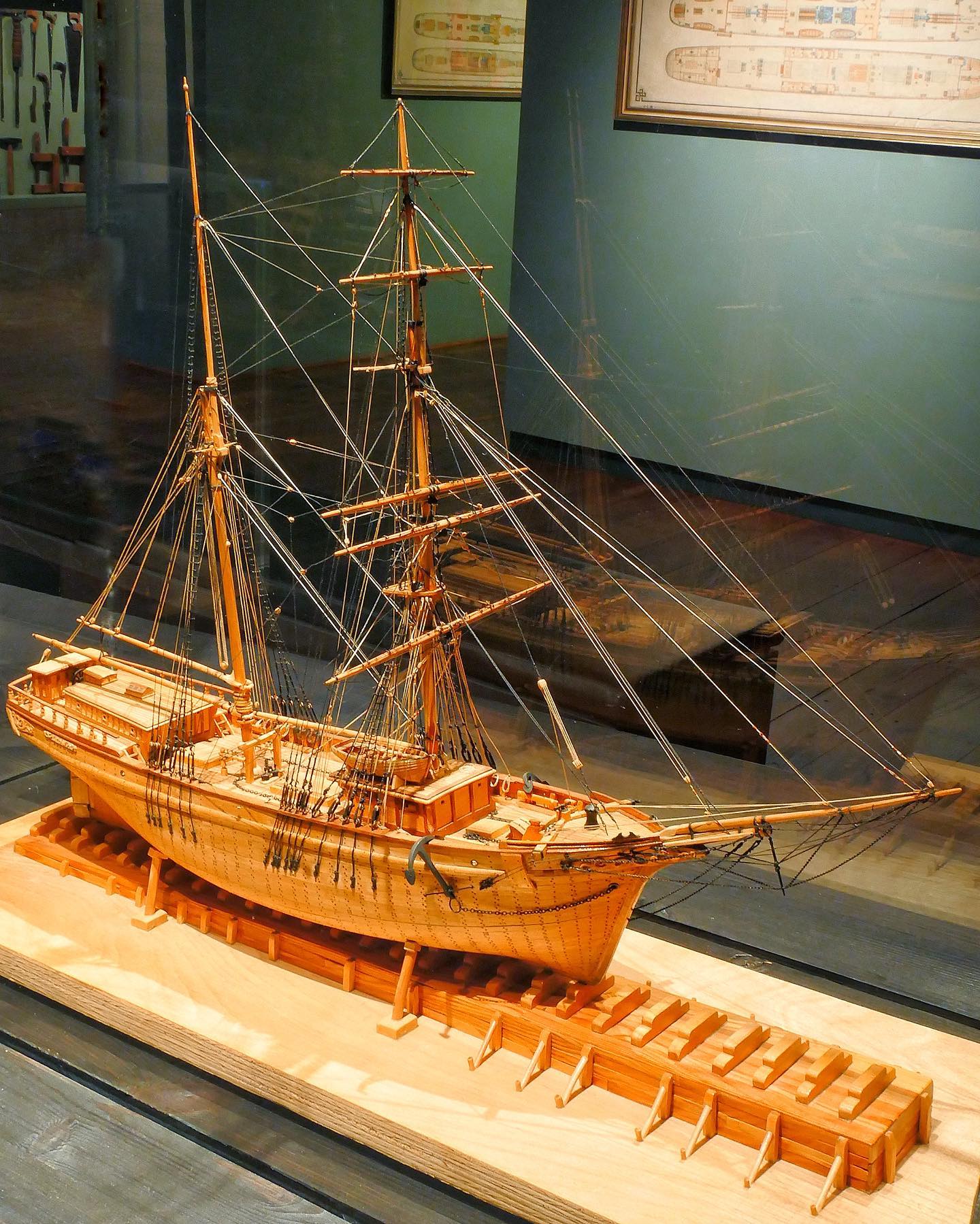

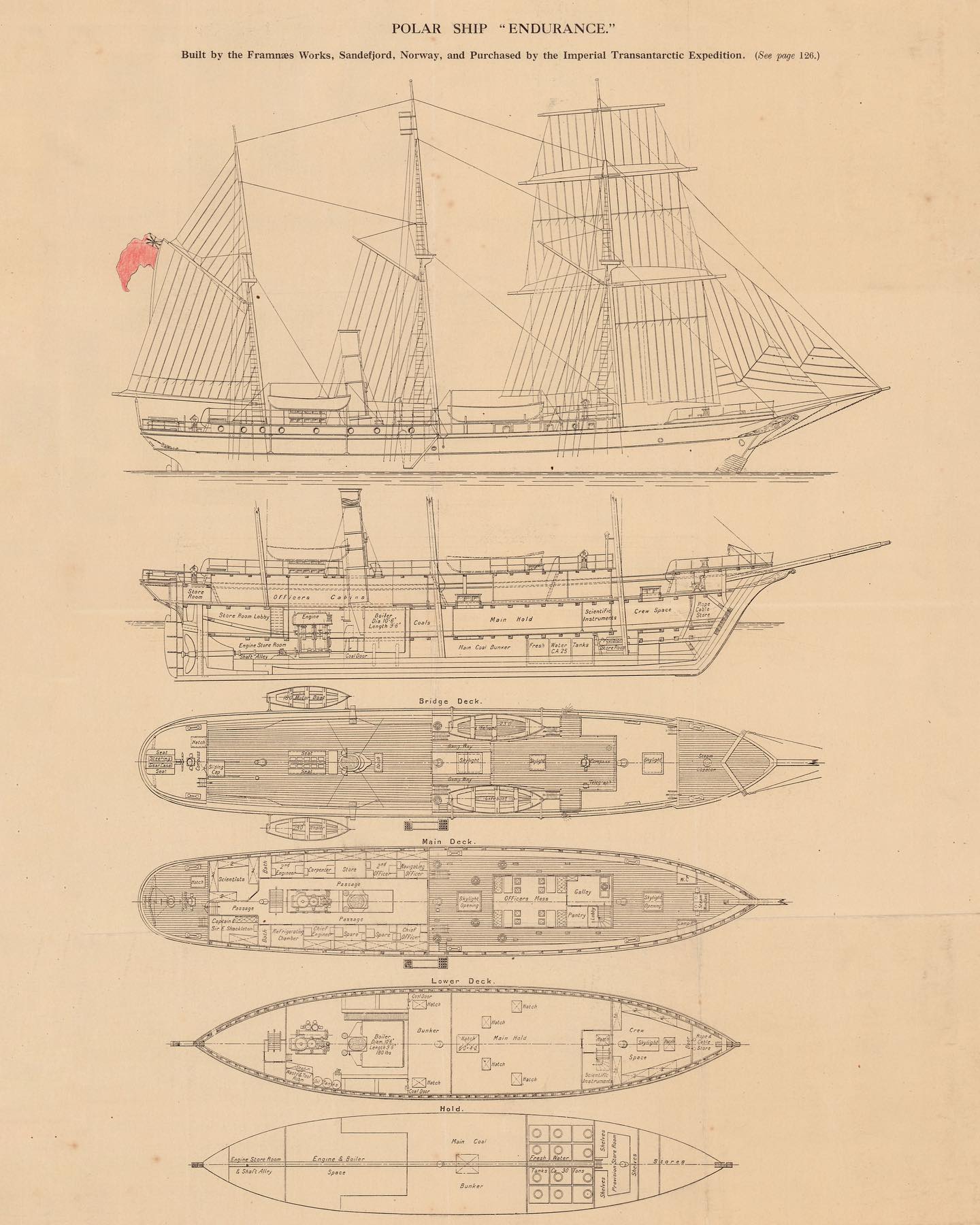
Not on display:
